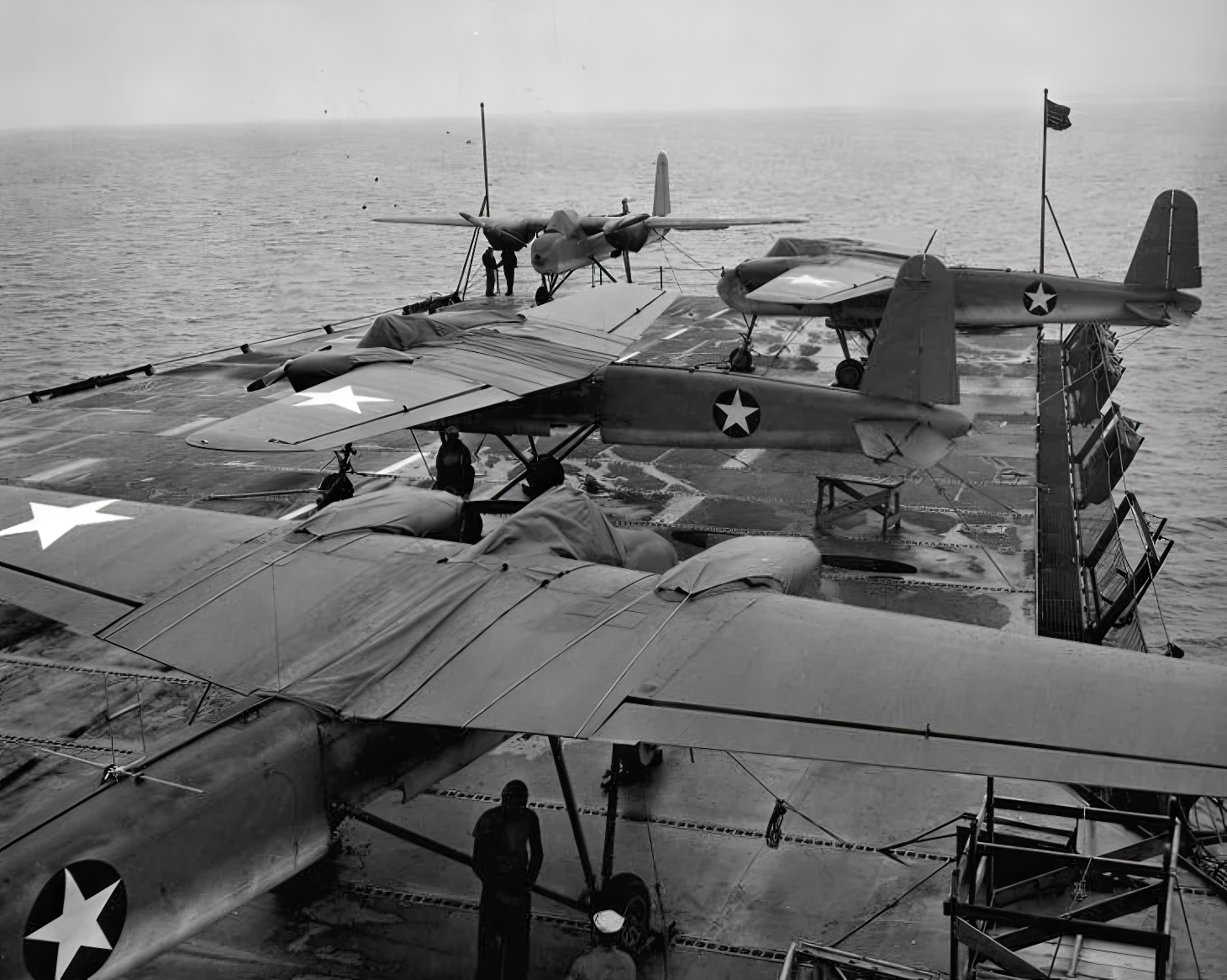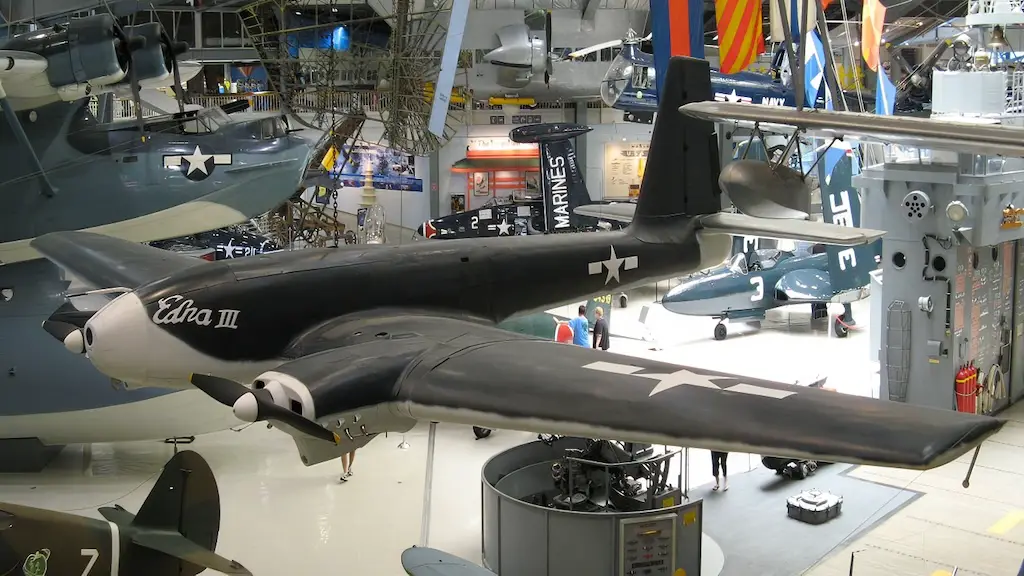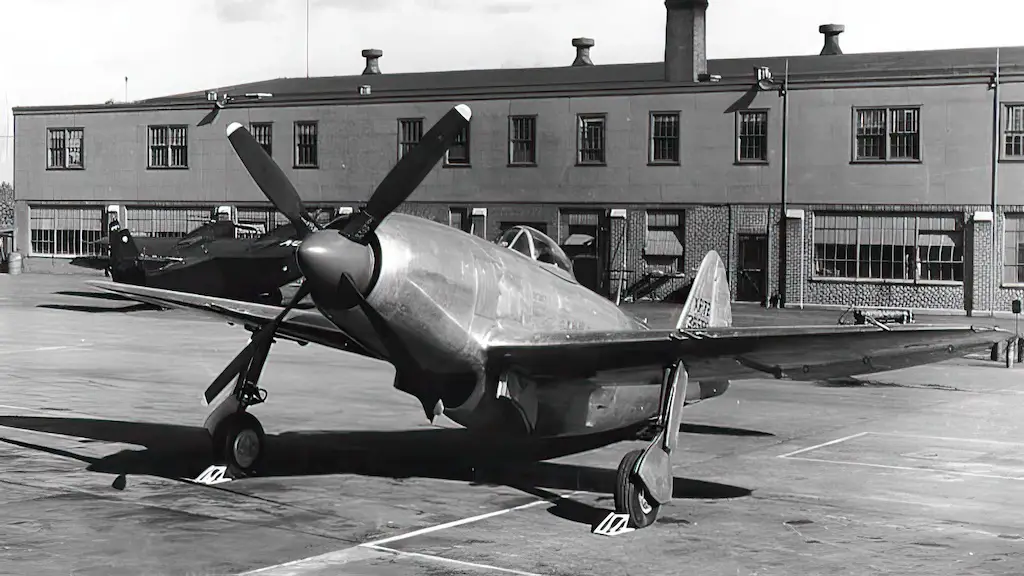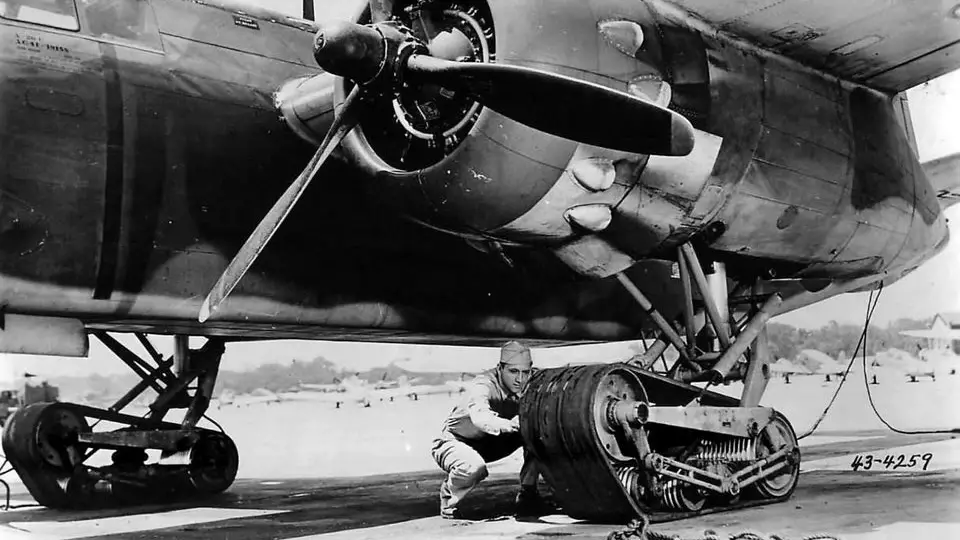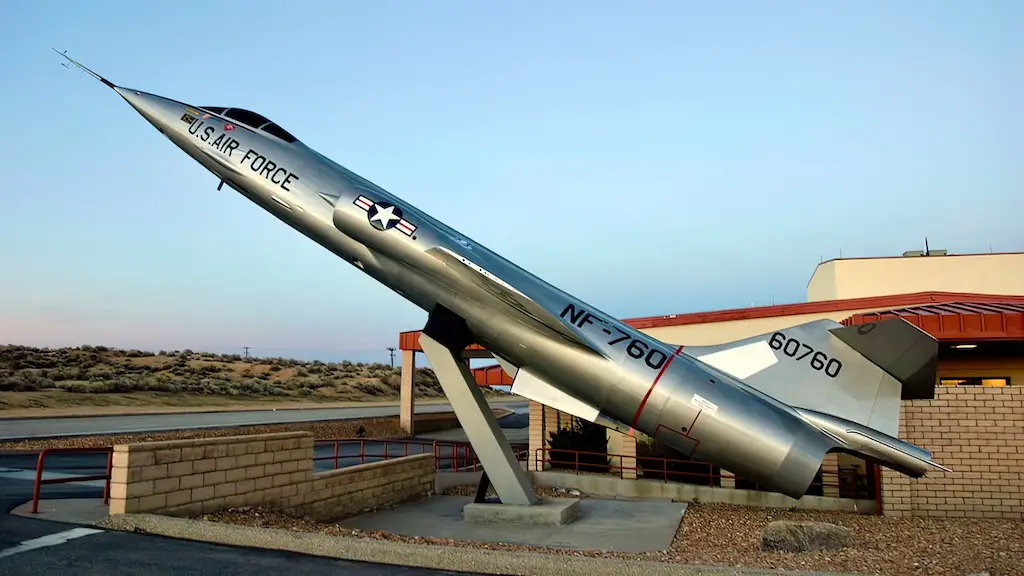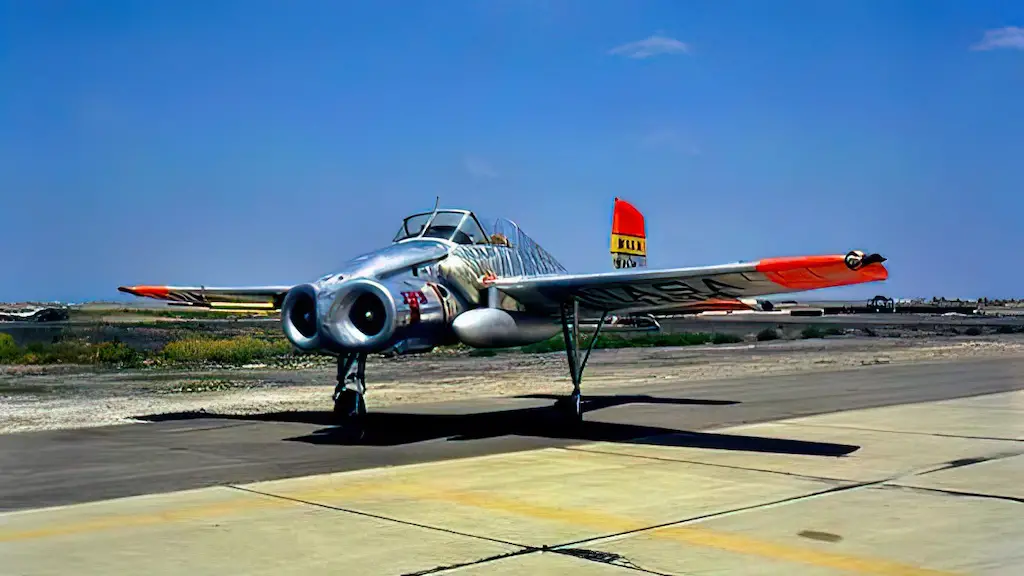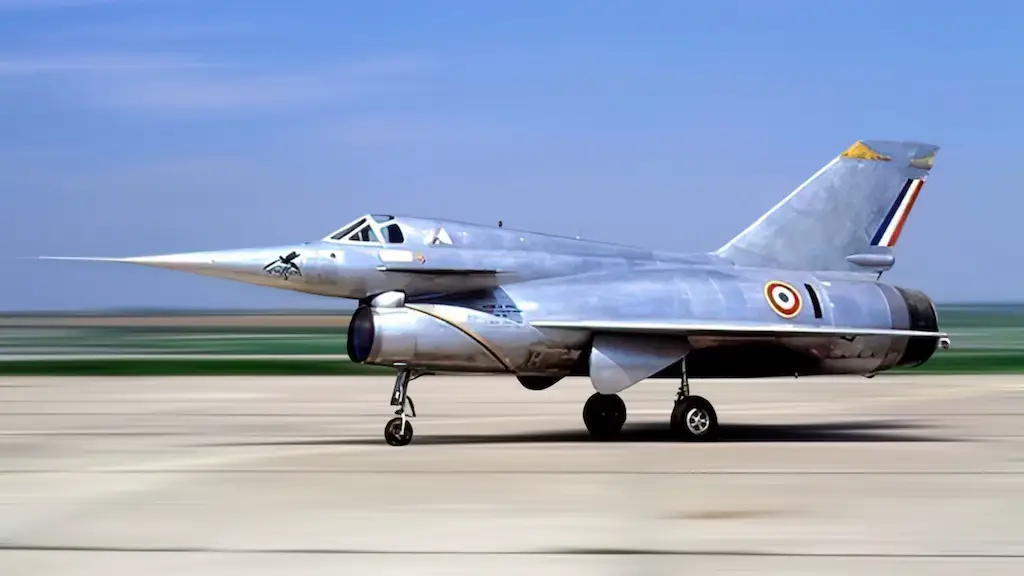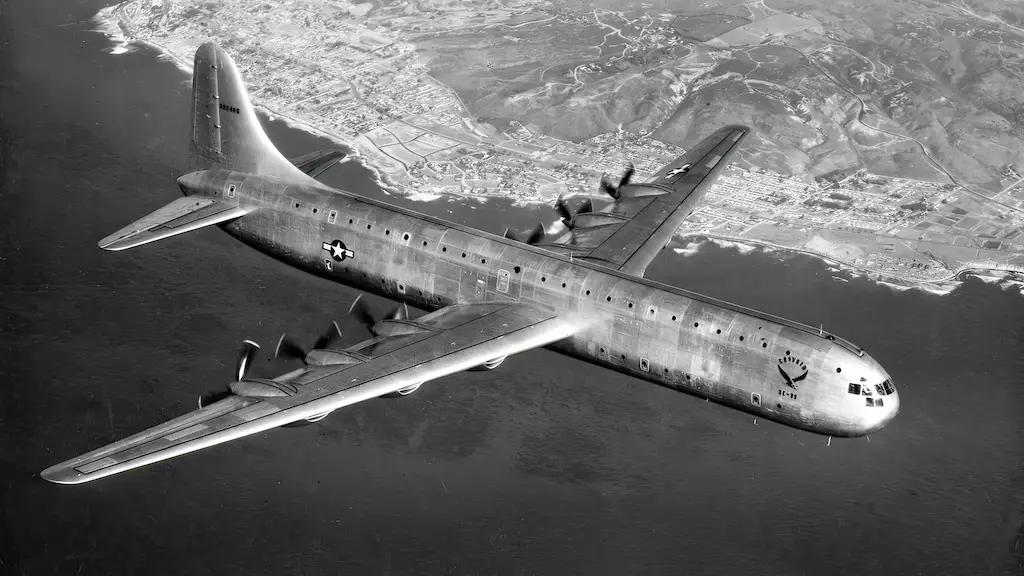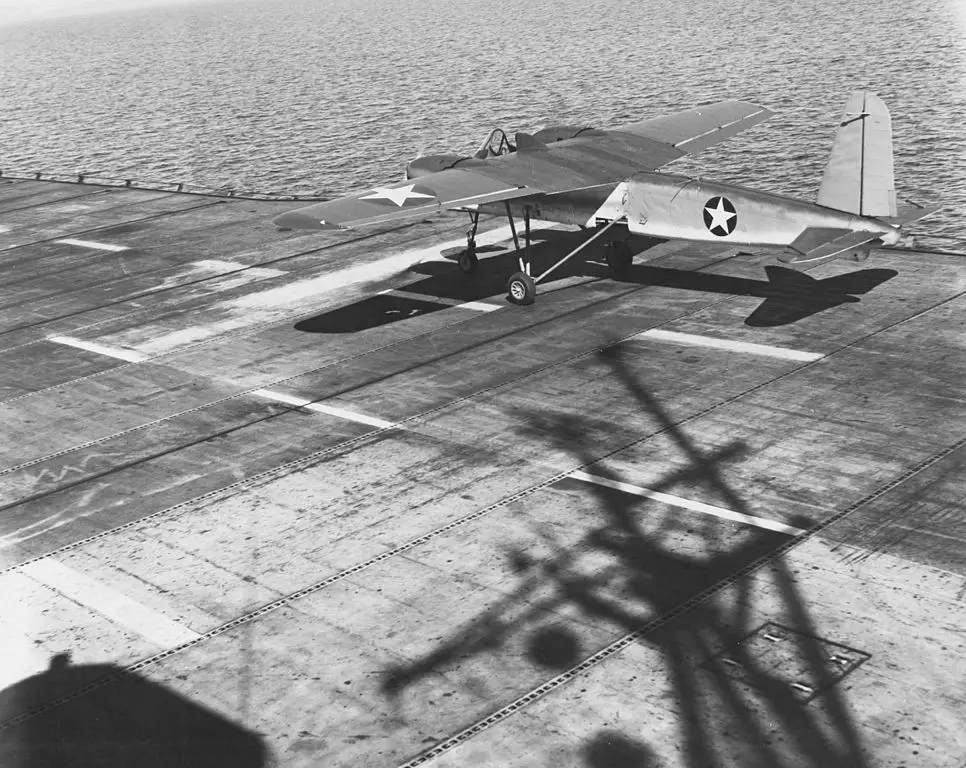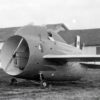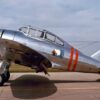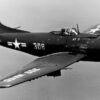World War II’s Pioneering Drone
During World War II, amidst the tumultuous Pacific battles, the United States Navy launched a revolutionary form of warfare. The year 1944 marked the debut of the Interstate TDR, an unmanned drone fleet, signifying a shift towards a new era in military tactics, where machines bore the brunt of combat to save human lives
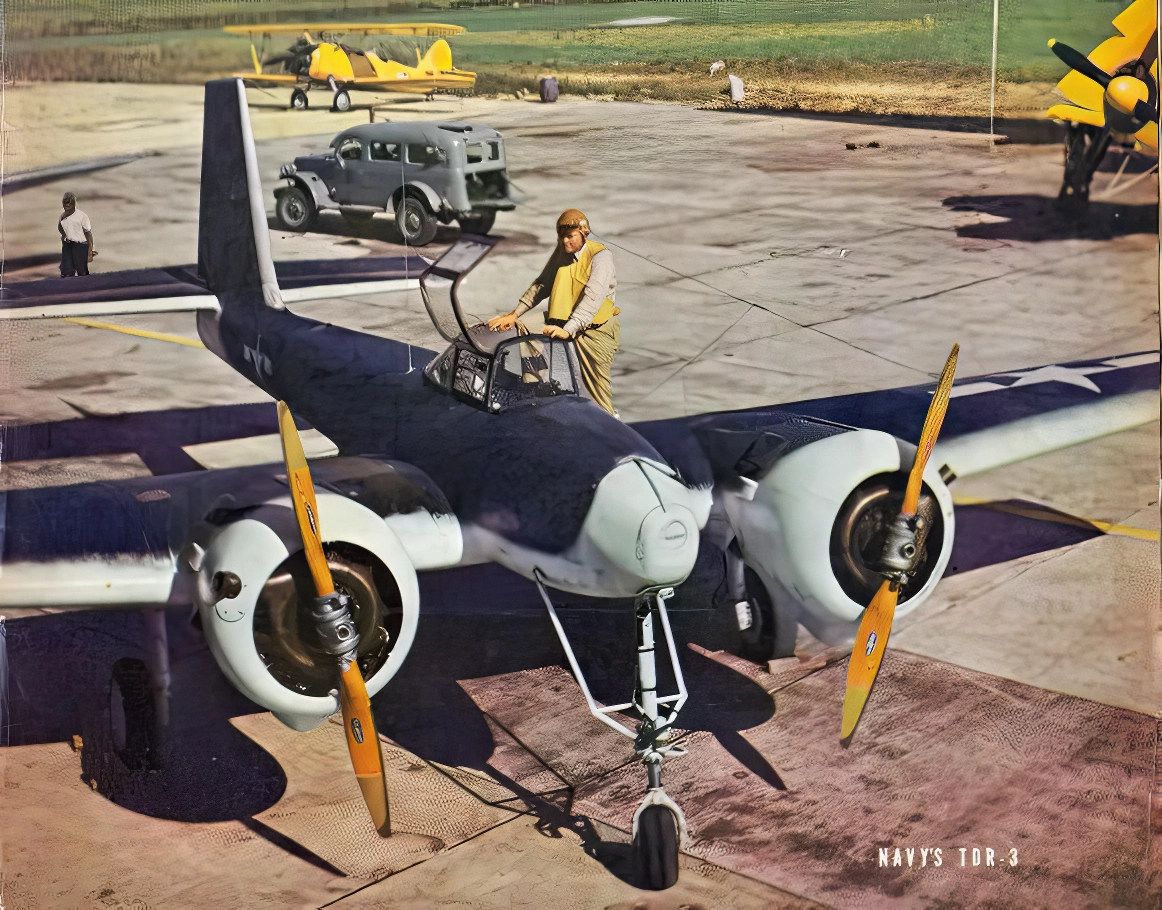
The genesis of the Interstate TDR dates back to the 1920s, with radio-controlled target ships showcasing the potential for remotely operated warfare. By 1936, the US Navy began to assess the viability of unmanned aerial vehicles (UAVs) for both training and combat roles. Initial excitement met technological limitations, pushing the ambitious drone project to the sidelines.
As World War II engulfed the globe, technological advancements in radar altimeters, television, gyro stabilization, and radio control revived the drone project. The United States pursued the development of drones capable of delivering explosive payloads with precision, especially in the Pacific’s challenging theater, aiming to minimize pilot casualties.
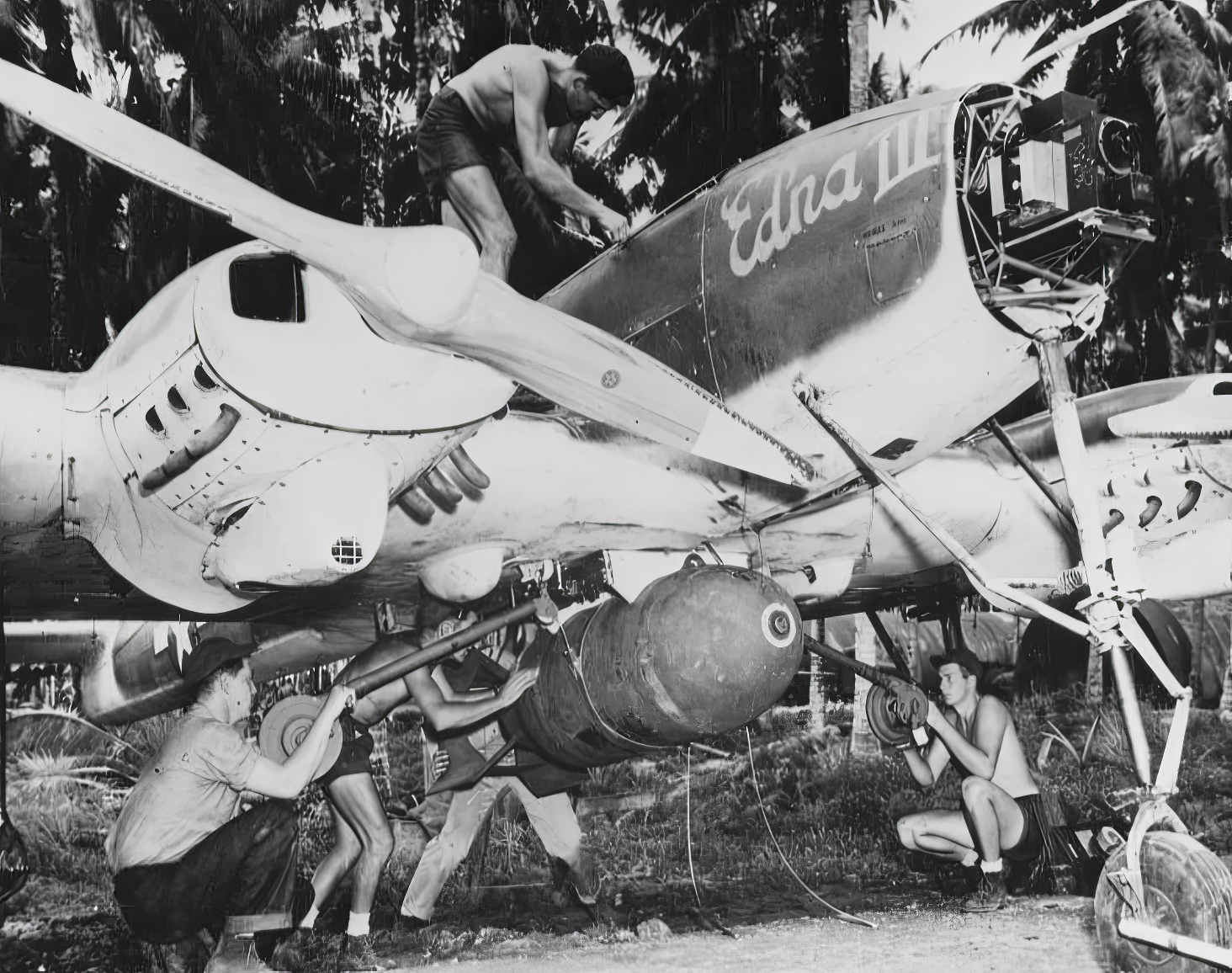
A Trailblazing Unmanned Aircraft
The TDR-1, engineered as a disposable weapon, exemplified innovation and practicality. Its construction utilized a steel tube frame from the Schwinn Bicycle Company and a molded wood skin from the Vega Musical Instrument Company, conserving critical war resources. Operational by 1944, the TDR-1 boasted impressive specifications, including a 37-foot length, 48-foot wingspan, and the capability to carry up to 2,000 pounds of ordinance. Notably, it also featured a cockpit for optional human piloting during tests, concealed by an aerodynamic fairing for missions.
The TDR-1 drones’ operational deployment in the Pacific marked a significant milestone in military history. Under remote control from a mother aircraft, these drones executed precision strikes on Japanese naval assets. Their first combat test demonstrated both the potential and limitations of remote-controlled warfare. Despite challenges such as the harsh tropical climate and technical difficulties, the Navy refined its tactics and technology.
Subsequent missions highlighted the TDR-1’s strategic versatility. From neutralizing anti-aircraft installations to engaging fortified positions and ships, the drones proved their precision strike capability. Despite mixed results, an operation against a Japanese vessel on Bougainville Island showcased the drones’ ability to breach enemy defenses and effectively deliver payloads.
![]()
Overcoming Skepticism and Challenges
Despite these accomplishments, the TDR-1 program encountered resistance within the Navy. Leadership skepticism, political pressures, and a bias towards conventional weaponry led to the premature termination of the drone program, even though the TDR-1 had demonstrated effectiveness without resulting in American casualties.
Although the program was short-lived, its impact on military aviation and drone technology is undeniable. The TDR-1’s use during World War II paved the way for the advanced UAVs of today, which are crucial for reconnaissance, surveillance, and targeted operations worldwide.
The TDR-1’s legacy endures, with a preserved example at the US Navy’s National Naval Aviation Museum in Pensacola, Florida, and ongoing efforts to reconstruct another airframe for display. These initiatives highlight the historical significance and innovation of this pioneering drone.
